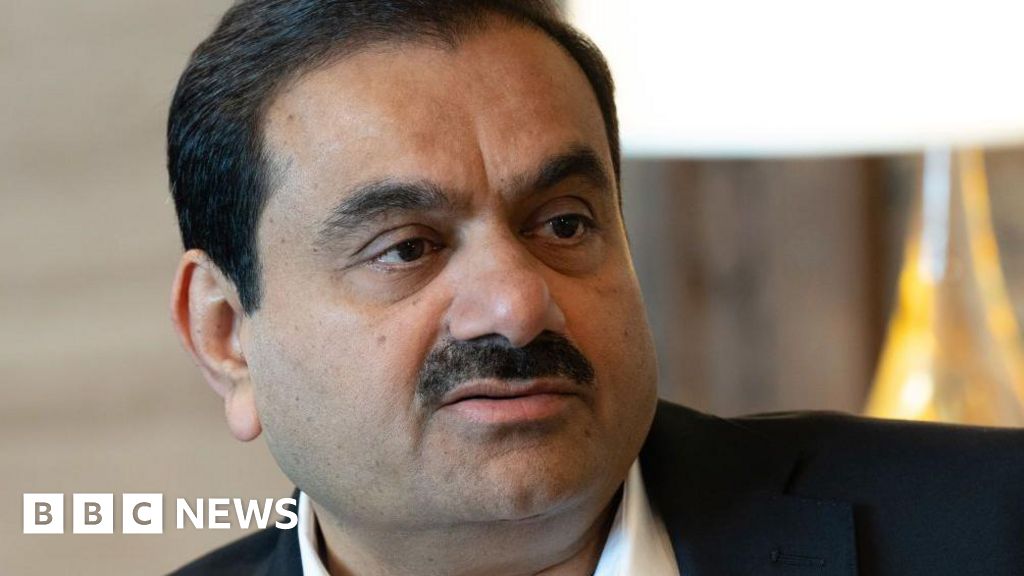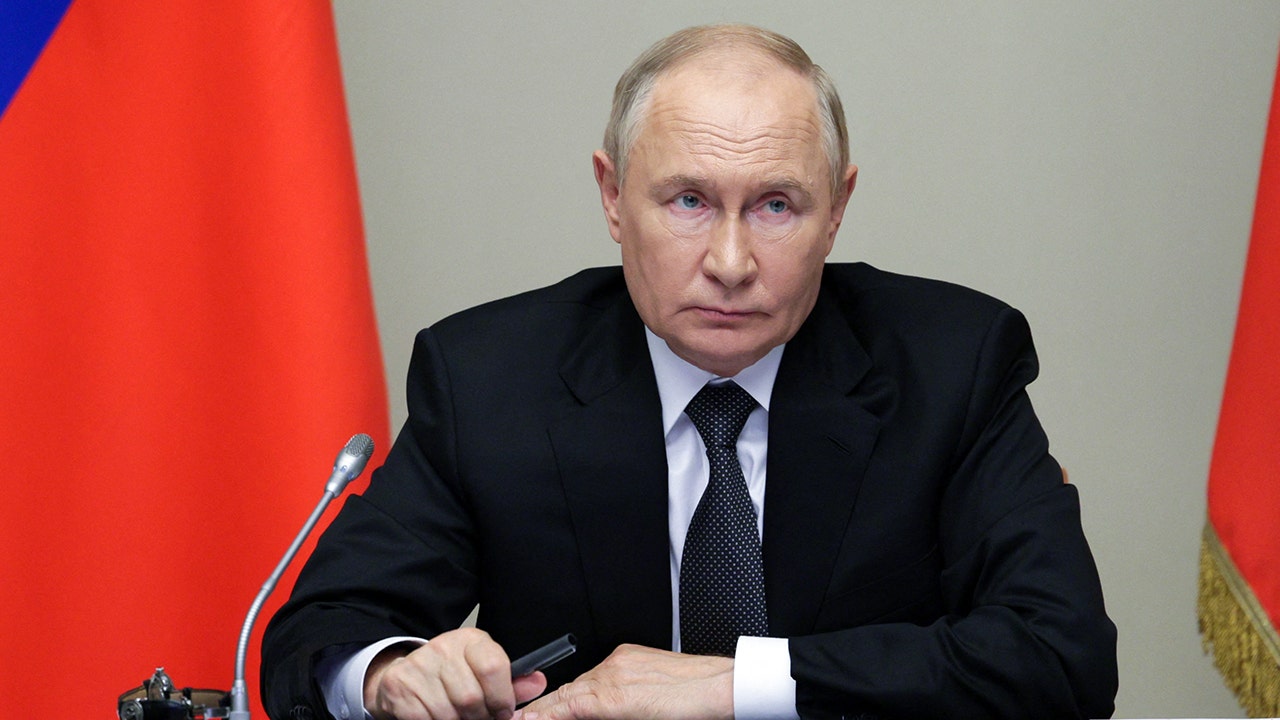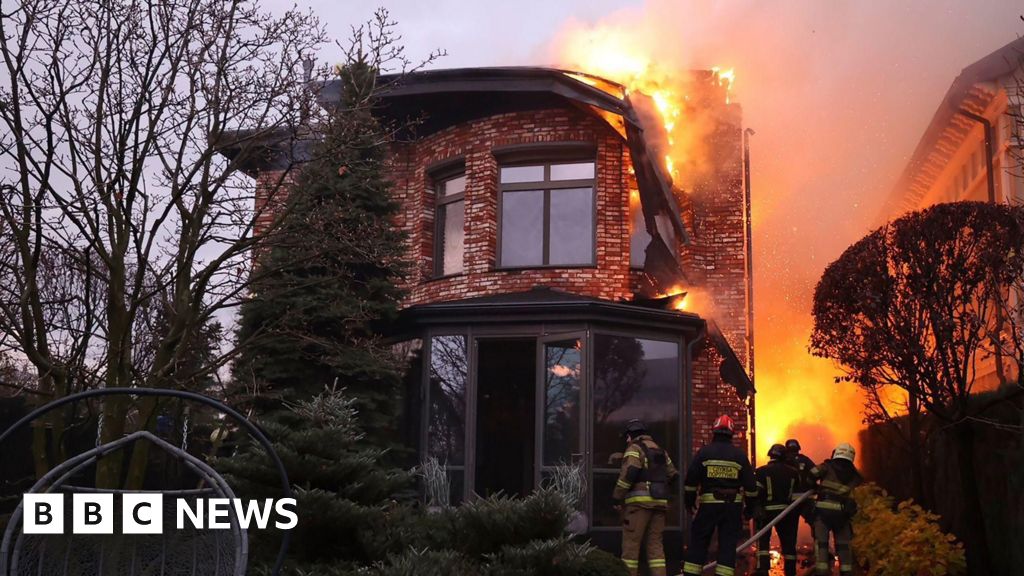Bussiness
US inflation increases moderately in April, consumer spending slows

Traders of futures tied to the Fed policy rate maintained bets of roughly even odds that the central bank will begin to cut rates in September.
US inflation tracked sideways in April, a worrying sign for the Federal Reserve that suggests the elevated pace of price increases could last longer than expected and casts doubt on how soon the central bank will be able to cut interest rates.
The report from the Commerce Department on Friday also showed tepid consumer spending, a wrinkle that could help the Fed’s inflation fight or cause jitters if the economy cools too quickly.
“The longer you get the market inflation lingering close to 3%, the harder it is for the Fed to make a case for cutting rates. Certainly there’s nothing in these numbers that advances the Fed’s rate cutting idea,” said Josepth Trevisani, a senior analyst at FXStreet.
The personal consumption expenditures (PCE) price index increased 0.3% last month, the Commerce Department’s Bureau of Economic Analysis said on Friday, matching the unrevised gain in March.
In the 12 months through April, the PCE price index rose 2.7% after advancing at the same pace in March. Economists polled by Reuters had forecast it would climb 0.3% on the month and 2.7% on a year-on-year basis. The PCE price index is one of the inflation measures tracked by the U.S. central bank for its 2% target. Monthly inflation readings of 0.2% over time are needed to bring inflation back to target.
U.S. Treasury securities yields fell on the report, while equity index futures rallied, suggesting stocks would open higher after two straight days of losses on Wall Street. The dollar was broadly weaker.
Traders of futures tied to the Fed policy rate maintained bets of roughly even odds that the central bank will begin to cut rates in September.
The Fed has kept its benchmark policy rate in the 5.25%-5.50% range for the past 10 months and has been stung by several stronger-than-expected inflation and labor market readings from January to March after more encouraging readings in the fourth quarter of last year.
Earlier this month, however, readings for monthly April job gains provided some relief with job growth at the lowest level in six months. Also, other data has confirmed that consumers appear to be pulling back on spending.
Stripping out the volatile food and energy components, the PCE price index increased 0.2% in April after rising by 0.3% in March. Core inflation increased 2.8% on a year-on-year basis in April, matching March’s advance. PCE services inflation excluding energy and housing rose 0.3% after a 0.4% gain in March.
The Fed has raised borrowing costs by 525 basis points since March 2022 in a bid to cool demand across the economy. Financial markets initially expected the first rate cut to come in March, which then got pushed back to June and now to September.
Consumer spending, which accounts for more than two-thirds of U.S. economic activity, increased by 0.2%, down from a downwardly revised 0.7% rise in March. Revised gross domestic product data released on Thursday showed consumer spending moderating to a 2.0% pace in the first quarter from the brisk 3.3% pace in the October-December period.
First Published: May 31 2024 | 7:33 PM IST








